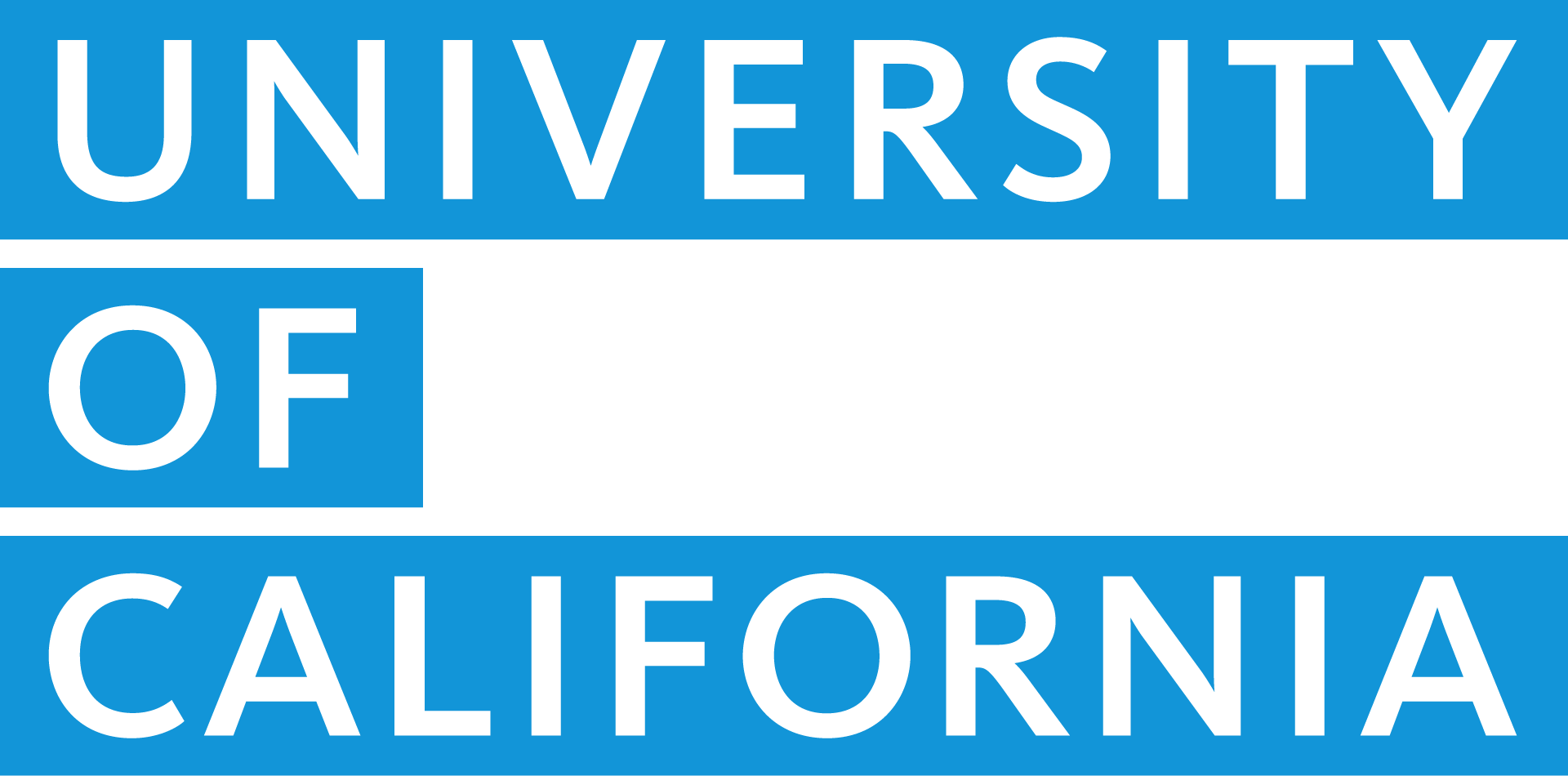- Employee benefits
- Understanding your benefits
- Benefits roadmaps
-
Having a baby
Having a baby
Congratulations! Here’s everything you need to know about taking time off work, enrolling your new child in benefits, and the resources UC offers to help you take care of yourself and your growing family.
- Learn about your options for paid and unpaid leave.
- If you’re giving birth, apply for disability benefits.
- Find out how your UC medical plan can help.
- Make sure your benefits continue.
- After the baby comes home: Update your benefits.
- When you return to work: Re-enroll in benefits.
- Find childcare.
- Learn about lactation resources and accommodations.
Learn about your options for paid and unpaid leave.
Federal and state laws and UC policies determine how much time you may be able to take off for your baby’s birth and whether your benefits continue, and for how long, during your leave.
Depending on your situation, you may be able to receive pay for all or part of your leave – through the Pay for Family Care and Bonding Program, disability insurance and paid time off (such as sick leave, vacation days, PTO or departmental comp plan benefits) available to you.
Because there are so many factors to consider in planning your pregnancy and/or parental bonding leave, it can get complicated. Explore UC’s resources to understand how leave and pay provisions work together, but it’s also important to talk to your supervisor and the individual or office coordinating your leave as soon as possible.
If you’re giving birth, apply for disability benefits.
UC’s Basic Disability Insurance and/or Voluntary Short-Term Disability Insurance (if you’re enrolled) cover part of your salary while you’re physically unable to work due to pregnancy, childbirth and recovery from childbirth. For a pregnancy and delivery without complications, your disability benefits generally begin two weeks before your expected delivery date and continue for six weeks after the birth of your child.
Find out how your UC medical plan can help.
In addition to the medical care your family will need, many of UC’s medical plans offer programs to support people during pregnancy, and as they first become parents.
Make sure your benefits continue.
Contact UCPath to ensure your benefits continue while you’re on leave.
After the baby comes home: Update your benefits
Enroll your child. You have 31 days after the birth to add your child to your benefits through your online UCPath account. You also may enroll in the Health and/or Dependent Care Flexible Spending Accounts. If you’re already enrolled, you can increase your contributions.
Update your beneficiaries. This is a good time to review your beneficiary designations for your benefits, too. You can update beneficiaries for the UC Retirement Plan (including Pension Choice), life insurance and AD&D by signing in to your UC Retirement At Your Service (UCRAYS) account. Update your Savings Choice, 403(b), 457(b) and DC Plan beneficiaries by signing in to your account on myUCretirement.com.
Set up payroll deductions for college savings. You can arrange for payroll deductions for contributions to ScholarShare, California’s college savings plan.
When you return to work: Re-enroll in benefits
Within 31 days of your return to work, you’ll need to restart benefits you chose not to continue during your leave. If your leave was less than 120 days, you may re-enroll yourself (and your eligible family members) in the same plans, with the same coverage levels as before. After a longer leave, you may enroll in any UC-sponsored plans for which you’re eligible.
Find childcare
Most UC faculty and staff have free access to Bright Horizons Enhanced Family Supports and its Sittercity database of childcare resources. Whether you need full-time care or back-up care in an emergency, you may be able to find the person you need using Sittercity. UC gives you free access; then you find the caregiver and make arrangements for care and payment.
Your campus may have onsite childcare or information on local childcare resources.
Learn about lactation resources and accommodations
UC promotes a family-friendly work environment, and that includes support of nursing parents. The university makes available private space for lactation purposes and will provide lactation break time for nursing parents.
